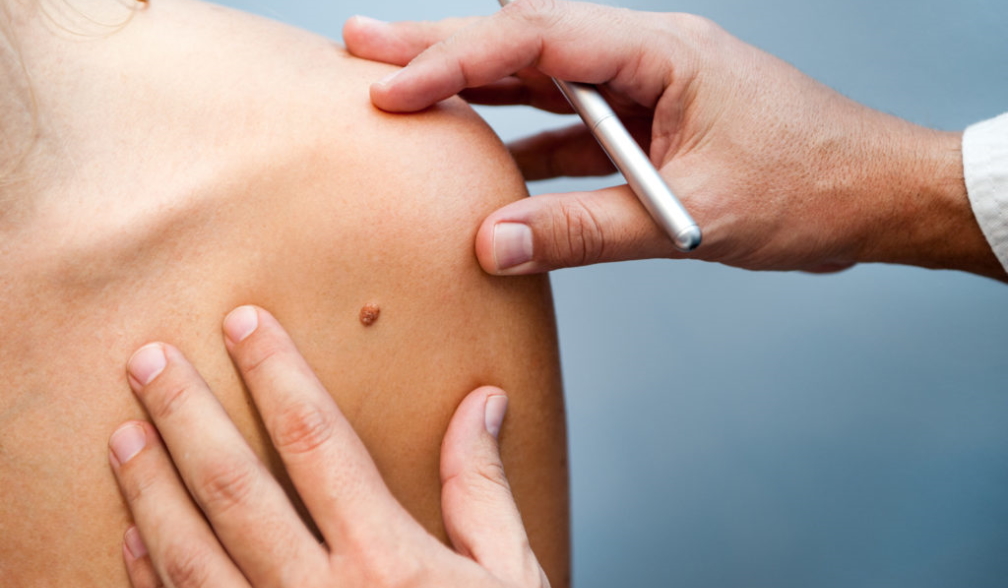Melanoma: Facts, Risks and Dangers of This Skin Cancer
- Written by NewsServices.com

The adage "good health equals optimal performance, and poor health equals poor performance" describes how the body operates. This can be translated to mean that any factor affecting health also has an impact on productivity and the range of activities a person can participate in.
Because a variety of factors might have an impact on one's health, it is imperative that we pay attention to our health and wellbeing. Keeping these things under control is necessary for attention. Melanoma is one of the elements influencing human health and wellbeing. What melanoma is and everything there is to know about it will be covered in this post.
What is Melanoma?
A type of cancer found in melanocytes is called melanoma. Cancer is known to be abnormal cell or body part proliferation. The cells in charge of the body's creation of melanin are referred to as melanocytes. Melanin, a dark pigment that occurs naturally, is what gives skin its colour and pigmentation.
Where Can Signs of Melanoma Be Found on the Body?
On specific body parts with a high concentration of melanocytes, symptoms of melanoma can be seen. Moles, fingernails, genitalia, eyes, toenails, GI tracts, and nasal passages are some examples of these bodily parts.
Risk Factors of Melanoma
What are risk elements? These are elements that raise a person's risk of developing melanoma. None of these factors makes a person more likely to get melanoma. They consist of:
-
- People with fair skin have a higher risk of acquiring melanoma because they freckle and burn easily.
-
- Family history: These people come from a line of melanoma sufferers.
-
- Moles: People who have a lot of moles on their skin are more likely to get melanoma. There is no correlation between a high mole count and melanoma.
-
- Personal history: This includes those who have previously had melanoma; as a result, they should exercise caution because they have a high risk of contracting the disease once more.
-
- Serious sunburns: Having a history of getting too much sun raises your risk of acquiring melanoma.
-
- UV radiation exposure: Health professionals caution about the risks that UV rays pose to human health. Melanoma risk is increased when exposed to UV radiation on a regular basis.
-
- Weakening of the immune system: Some drugs and therapies impair the immune system, which decreases the body's capacity to fight melanoma and raises the risk of contracting the disease.
Signs of Melanoma
There are particular signs that melanoma is developing in the body. Regular examination and acquaintance with your body's parts will help you spot these symptoms. They consist of:
-
- Asymmetry in the mole.
-
- Skin patches or moles with irregular borders.
-
- A distinction in skin tone and a change in mole colour.
-
- Unusual development of moles. mole size changed, I noticed.
Diagnosis for Melanoma
The skin cancer specialist checks for the existence of melanoma using two different methods.
-
- In order to look for cancer cells, an excision biopsy entails extracting or removing a mole along with some of the surrounding skin.
-
- Biopsy: This procedure involves taking a sample of a mole and checking it for cancer cells.
Treating Melanoma
There are particular treatments for melanoma that have been established, and these treatments consist of:
-
Surgery
-
Radiation treatment
-
Chemotherapy
-
Immunotherapy
-
Targeted treatment
Conclusion
Melanoma is a broad subject, and this article has covered the vital details that everyone should be aware of, including what it is, the warning signs and symptoms, how it is diagnosed, and how it is treated. If you discover any unusual sores on your body that have only recently appeared, have changed or which refuse to heal, arrange for a skin check at a renowned skin cancer clinic.













